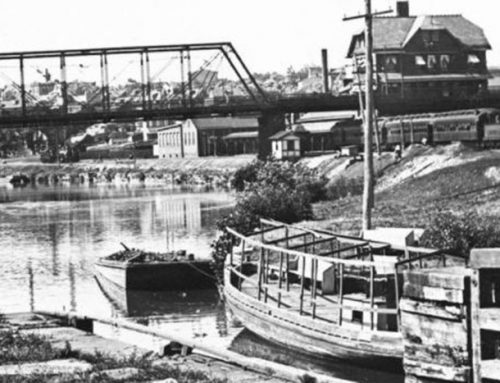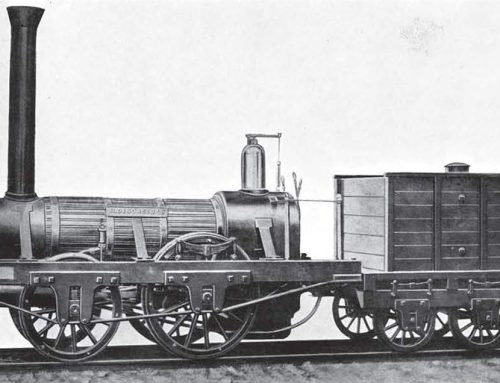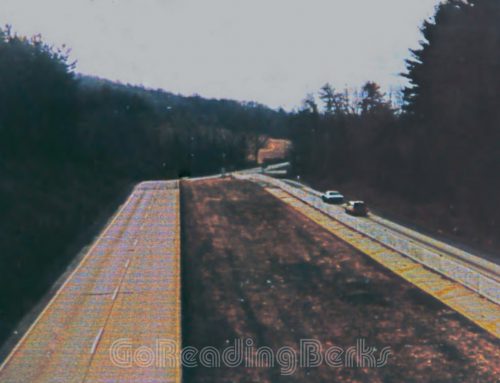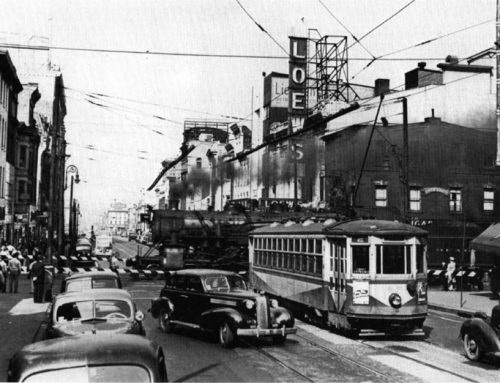From September 20, 1924 to June 29,1979, dirt-track racing fans crowded the 80 acre site of the Reading Fairgrounds located in Muhlenburg Township, Berks County, Pennsylvania which was home to a half-mile oval that was known as “The Home of Champions” Modified stock cars.
For the first eight years Reading only ran one show a year, usually during the annual Reading Fair. In 1932, three shows were held. Throughout the 20’s and 30’s Reading fans saw the likes of all the top Indianapolis 500 sprint car racing stars compete on their hometown half-mile dirt speedway.
Promoters brought the finest racecar drivers in the nation to the Reading area. It wasn’t until 1949, though, that the Fairgrounds started to gain a characteristic of its own. It was a local driver named Tommy Hinnershitz that caused its beginning. Tommy won his first race in 1938. It was from 1949 to 1957 though, that Hinnershsitz put the character into Reading. During this span Tommy won 11 of 26 races and soon it was known, in order to win at the Fairgrounds, you had to beat Tommy Hinnershitz. It was henceforth proclaimed throughout the ranks, to win at Reading is beating the best, but it was tough. Drivers such as A. J. Foyt, Roger McCluskey, Jim Hurtubise, Jud Larson, Johnny Rutherford, and Bobby Unser took over after Tommy retired in 1960.
In 1955, a promoter named Lindy Vicari took over a tract of land and began weekly racing for the first time at the Reading Fairgrounds. He brought in the flatheads to compete every Wednesday night. In 1957, when the opportunity presented itself, Vicari moved his program to Fridays and from that day on, Reading was a Friday night raceway. The beloved flatheads grew in popularity and stature. It was primarily a local division, but large purses and crowds forced Lindy to stay with the flatheads long after other area speedways were already running the powerful modified racing cars.
Below: Lindy Vicari, shown below with pageant winners (unable to he identified), operated the Reading Fairgrounds from 1955 to 1979. A Muhlenberg Township resident for over forty years, Lindy brought back the Miss Reading Fair Pageant as well as creating the Little Miss Pageant while continuing the traditions of the annual Reading Fair. Sometimes overshadowed by his highly successful racing promotions, Lindy also rebuilt the Farmers Market, honored the community s farm family and FFA children, attracted top entertainers and conducted a class-A slate fair with a full carnival and agricultural and horticultural midway.

Below: Reading Fairgrounds located in Muhlenburg Township, Berks County, Pennsylvania


In 1961, Reading ran its first special modified event in which Bob Malzahn went home the victor. Again, in the end of the 1962 season, another trial modified event was held. Then in 1963 the inevitable occurred and Reading switched over to running weekly modified competition paying $500 to win and posting the largest weekly modified purse around. Drivers flocked from all over the east coast for a share of the pie. Consequently Reading lost its local image and the RSCA was no longer the Reading Stock Car Assn., but the Racing Sanctioning Corporation of America.
In 1965, the United States Auto Club (USAC) ran its first night race and also began scheduling five shows a year. Ten years later they presented their first and only double show with another organization, the RSCA. USAC had run more sprint car races at Reading than any track in the country when it closed in 1979. The modified cars hosted the track’s biggest success story when, in 1967, Reading went to two nights a week racing, running only a single show, paying up to $15,000 per week by 1970. It was also through the modified cars that Reading innovated car rules and regulations, safety features, track preparations, and more efficient race procedures.
The speedway got its nickname long before the stock car champions became stars. Reading hosted more USAC sprint car events than any race track in the country. Indy champions loved to compete at “The Home of Champions. ”
Below: 1966 photo showing Mario Andretti # 9 dueling with “Lone Star JR ” Johnny Rutherford.

The Reading Fairgrounds was considered to be the best weekly racing program in the country. So many local drivers made the competition tough and exciting. Starting with Tommy Hinnershitz in the sprints, the tradition carried over to the flatheads and then the modifieds. Local business owner A. T. Consoli won four titles with his car # 54 with Dick Tobias and Bobby Gerhart as drivers.
Below: Car # 54 races # 76, Freddy Adam, the “Kutztown Comet, ” who competed in more seasons than any other racer.

On Oct. 29, 1978, the last race was held on the half-mile oval. The 80 acres of motor sports memories was being converted into a shopping mall.
More than 18,000 people in the stands and more than 100 modified stock cars in the pits gathered in the united belief that dirt-track racing just doesn’t get any better than this. Everyone came to share the moment and say goodbye. And when it was over, no one was surprised to find Kenny Brightbill in Victory Lane, which had become his second home since he got his first Reading victory in 1970. This was win no. 133, 42 more than the guy in second place in career wins and in that grand finale, Gerry Chamberlain.
The ultimate irony, of course, is that it wasn’t the last race. Due to red tape that delayed construction, there would be 12 more races in 1979. Brightbill would win two more, finishing with 135, and Chamberlain one more, finishing with 92. Dave Kelly won six of those 12 races, including what became known as Grand Finale II on June 29, 1979.
All of that, however, was a mere epilogue, like a wave in the distance. That October Sunday in ‘78 made it official. It was the end of an era. Thanks for the memories.
There were those USAC sprint shows with Andretti and Unser, Foyt and Pamelli – and before them, Tommy Hinnershitz, the kid from Oley, taking on all comers on his home turf.
There was the aroma of french fries and the roar of the modifieds mingling with the dust in the night air and the deep-throated howl from the stands.
There was the sight of promoter Lindy Vicari in his grader, working the track surface to the optimum of tackiness – the good kind.
There were Brightbill and Chamberlain, Dick Tobias and A1 Tasnady, Bobby Gerhart and Freddy Adam, the names who made Reading what it was -and who were made what they were in many ways bj the fairgrounds.
And there were those who paid the ultimate price, such as Jud Larson and Red Riegel, Jackie Evans and Mike Grbac, the young New Jersey driver who died a month after the final ’78 race from injuries suffered in a cartwheeling accident down the main straight halfway through that event.
All the good and all the bad, more than a half-century of blood, sweat and cheers gone.
Since 1911 the covered grandstand saw many generations pass and echoed the names of many champions. When the structure gave way, in 1979, to a multi-million dollar shopping mall, it was only memories that remained.
Below: Reading Fairgrounds Grandstand.






